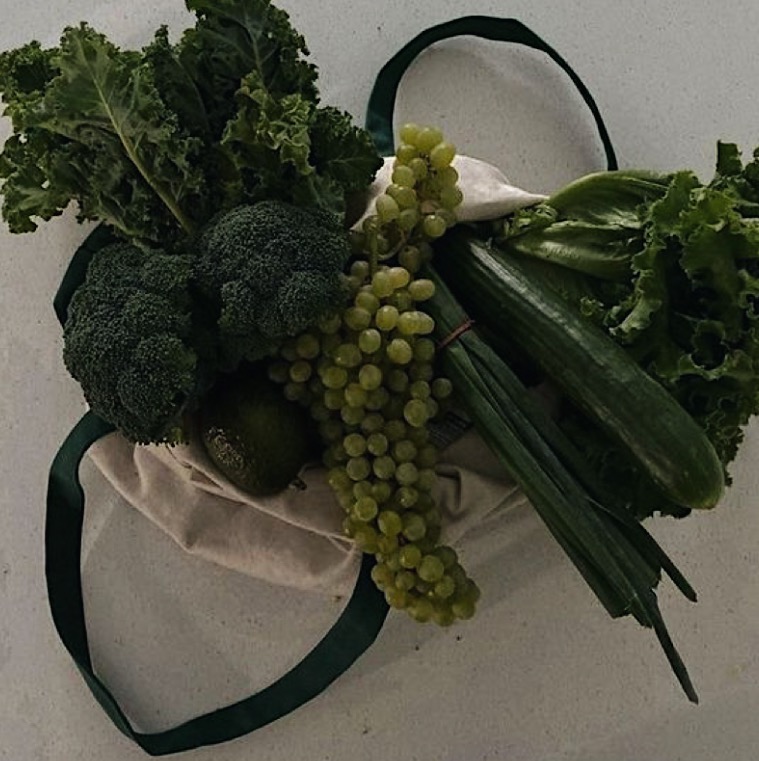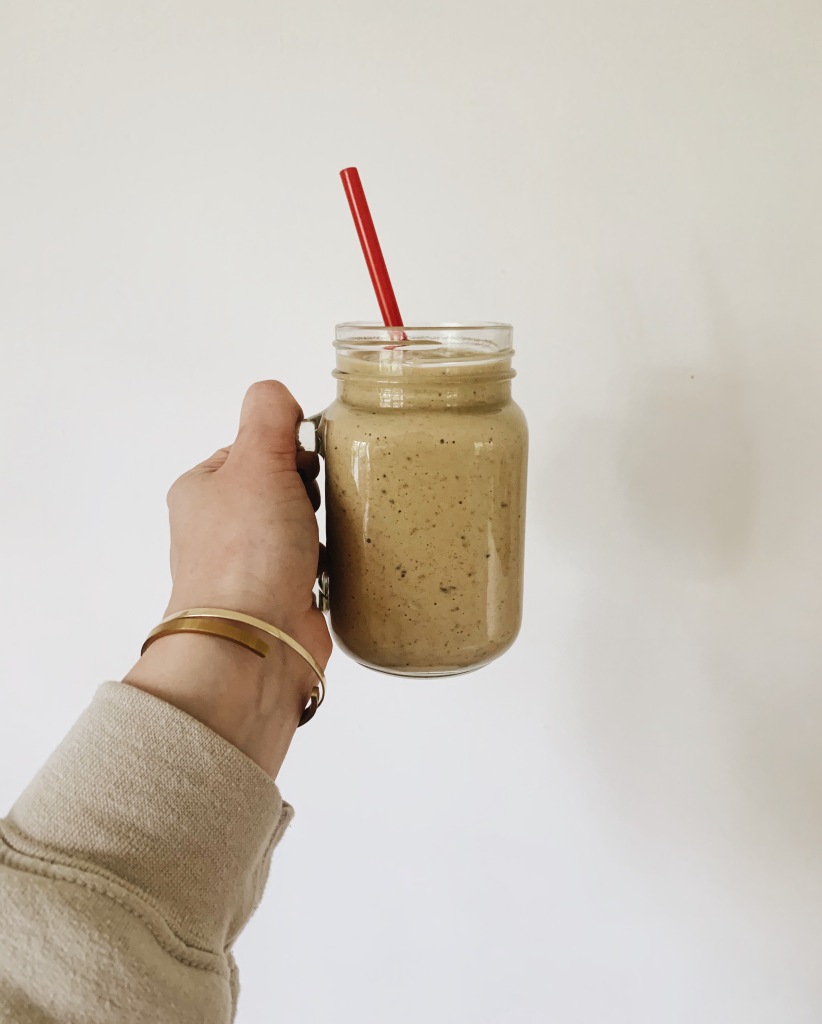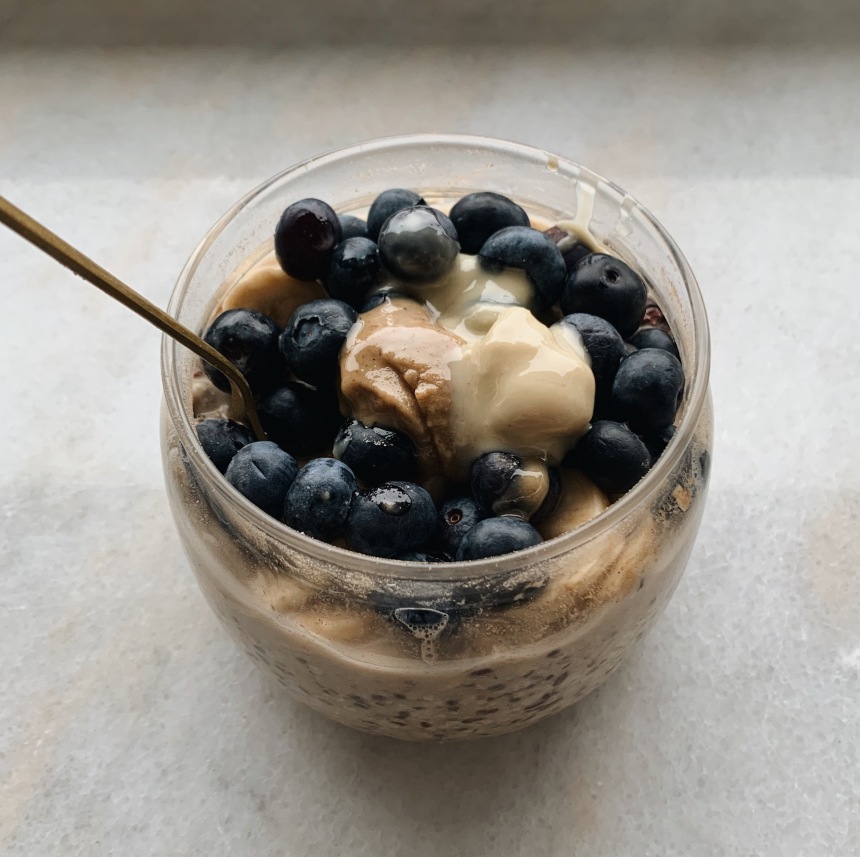Welcome to my weekly blog post! I hope you are all doing well and are safe. Today I want to give you 5 nutrition tips for feeling better during your menstrual cycle as for many woman it is often associated with bloating, moodiness, cramps and breakouts – but let me tell y’all: it doesn’t have to be like this!
Stop taking hormones is becoming a trend and more woman decide to use hormonal free alternatives. The process of removing the hormones from the body can cause the above mention symptoms as well but there are a few simple dietary changes that may help reduce the severity of symptoms. I hope you will enjoy reading & find this weeks blog post helpful:

Remove processed food
This is the best thing anyone can do for their health. The challenge here is that many people think they’re eating clean but are actually still eating a lot of processed foods.
Do a little survey of your daily diet, kitchen, and cabinets. Are high- sugar yogurts, granola, and cereal bars sneaking into your daily menu? What percentage of your food has no label at all, like vegetables?
Aim to mostly eat food that doesn’t come in a package. This simple step will greatly help in balancing your hormones and bringing your body into alignment.

Avoid synthetic hormones
Choose grass-fed, local, and clean meat and dairy without added hormones and notice the difference in your monthly cycle. Hormones from food can lead to a heavier flow, more cramping, mood swings, and even ovarian cysts.

Implement more fiber
Fruits and vegetables are generally a great source of fiber, vitamins, minerals, and phytonutrients, which may help reduce symptoms and severity of PMS.

Be picky with your protein source
Some people notice a lot less cramps and a lighter, more comfortable flow when they reduce consumption of animal products. But women who are dealing with amenorrhea – or lack of period – may find that eating high-quality animal protein helps periods to return.
When choosing protein, opt for grass-fed, local, and hormone-free when possible. Experiment with a more plant-based diet, and observe how these different eating styles make you feel and how they affect your menstrual cycle.

Eat fat but the good one
The concept that fat makes you fat is simply untrue.
Lack of high-quality fat in the diet is linked to poor skin health, amenorrhea, hormonal imbalance, ovarian cysts, and a slew of other common women’s health issues.
It’s important to remember that fat is your friend, not your foe. Adding avocado, olive oil, and even grass-fed butter can be very helpful when balancing your female cycle. Good fats, especially omega-3s, help reduce inflammation, which can be particularly useful in reducing cramping.
I hope you enjoyed this blog post & find it helpful. Leave me your comment & experience below – I am happy to hear from you!
Now you know what to do but the HOW is the most important isn’t it? And that’s exactly what I do as a Health Coach: I don’t tell you what to do but I help you to find out what works for you and how to get there. Leave me your comment below or simply book a free consultation with me. Hope you enjoyed reading!
As a Health Coach, I am mentoring my clients to create and maintain long-term lifestyle changes to enhance their overall quality of life. In addition to supporting clients with specific goals, I empower my clients to choose health-promoting behaviors that work for them. I raise awareness and offer support as clients move in their own bio-individual ways toward the greater health they want for themselves. My coaching hopefully leads to long-term behavior change, but only because I help my clients do the meaningful work that forms a strong foundation.
How can I help you? Are there any changes you wish for yourself? Is your health the best it could be? You can book your free consultation with me now: